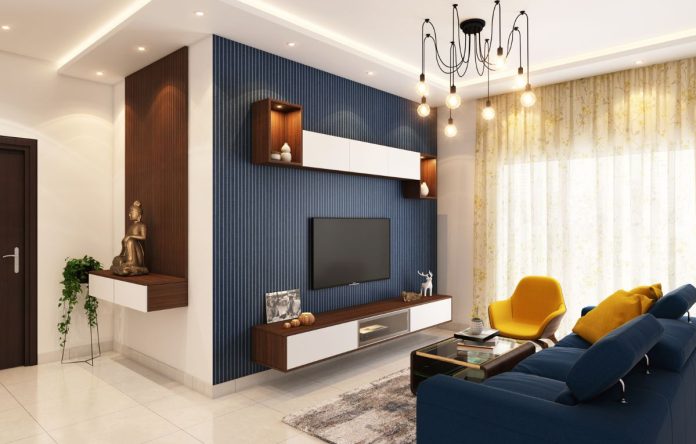Interior design is no longer solely about aesthetics; it has evolved to influence mental and physical well-being. Wellness Interior Design focuses on creating environments that promote health, comfort, and productivity by thoughtfully integrating elements such as space, light, and materials. This design philosophy is becoming increasingly important in both residential and commercial spaces as people seek environments that support overall wellness.
Engaging a professional firm specializing in Wellness Interior Design ensures that every aspect of a space is optimized for human well-being. Expert designers use evidence-based approaches to balance functionality, aesthetics, and health, creating spaces that reduce stress, enhance mood, and improve productivity.
Maximizing Space for Comfort and Flow
One of the core principles of wellness interior design is the intelligent use of space. Open, clutter-free layouts allow for better movement, reduce feelings of confinement, and foster a sense of calm. Thoughtful furniture placement and storage solutions ensure that the space is functional without being overwhelming.
In workplaces, open and flexible layouts can improve collaboration while minimizing stress. In homes, maximizing natural flow and minimizing unnecessary barriers can create a soothing environment that supports relaxation and mental clarity. The arrangement of space directly impacts how people feel and interact with their environment, making it a critical factor in wellness-focused design.
Harnessing Natural Light
Lighting is another crucial component in wellness-focused interiors. Exposure to natural light positively affects mood, energy levels, and circadian rhythms. Designers prioritize windows, skylights, and light wells to bring sunlight into key areas, while also considering shading and glare reduction to maintain comfort.
In addition to natural light, artificial lighting is carefully selected to mimic daylight patterns and reduce eye strain. Adjustable lighting, warm tones, and layered lighting strategies help create spaces that support both productivity and relaxation, depending on the time of day and activity.
Incorporating Healthy and Sustainable Materials
Materials used in wellness interior design are chosen not just for aesthetics, but also for their health impact. Non-toxic paints, low-VOC adhesives, and natural, sustainable materials reduce indoor pollutants, creating a cleaner and safer environment. Wood, stone, and other natural textures also contribute to a sense of connection with nature, which has been shown to reduce stress and improve overall well-being.
Textiles, furniture, and finishes are selected for both comfort and durability. Soft, breathable fabrics, ergonomic seating, and acoustically considerate surfaces contribute to a space that feels inviting and supports physical health.
Biophilic Design and Connection to Nature
Biophilic design is a key aspect of wellness interior design, emphasizing the human connection to nature. Indoor plants, water features, and natural patterns help reduce stress, enhance focus, and improve air quality. Even visual elements such as natural textures, greenery-inspired patterns, and views of outdoor landscapes can provide psychological benefits.
Incorporating these natural elements helps occupants feel more relaxed, creative, and productive, making the environment supportive of both mental and physical health.
Benefits Beyond Aesthetics
Wellness interior design goes beyond visual appeal; it actively improves the quality of life for those using the space. Benefits include:
- Reduced stress and anxiety levels
- Improved cognitive function and productivity
- Better sleep patterns in residential spaces
- Enhanced physical comfort and ergonomics
- Increased satisfaction and engagement in workspaces
These benefits highlight why wellness-focused design is increasingly sought after in offices, healthcare facilities, schools, and homes alike.
Conclusion
Wellness interior design integrates thoughtful space planning, optimal lighting, sustainable materials, and natural elements to create environments that actively enhance well-being. By prioritizing human health and comfort, designers can transform ordinary spaces into supportive, restorative environments. Partnering with experts in Wellness Interior Design ensures that every design decision contributes to both aesthetic appeal and the overall health of occupants, ultimately fostering a more balanced, productive, and fulfilling lifestyle.








